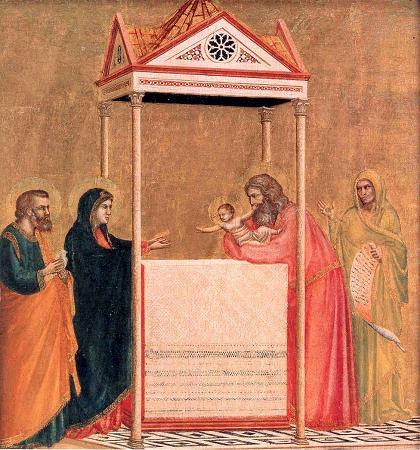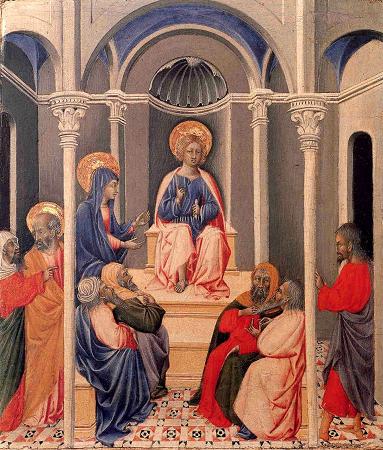Isabella Stewart Gardner Museum. The Isabella Stewart Gardner Museum is an art museum in Boston, Massachusetts, which houses significant examples of European, Asian, and American art. Its collection includes paintings, sculpture, tapestries, and decorative arts. It is originally the home of Isabella Stewart Gardner, whose will called for her art collection be permanently exhibited for the education and enjoyment of the public forever. An auxiliary wing, adjacent to the original structure near the Back Bay Fens, was completed in 2012. In 1990, thirteen of the museum's works were stolen; the crime remains unsolved and the works have not been recovered. The home which houses today's museum was built in 1903 by Isabella Stewart Gardner, an American art collector, philanthropist, and patron of the arts. It is housed in a building designed to emulate a 15th-century Venetian palace, drawing particular inspiration from the Venetian Palazzo Barbaro. Gardner began collecting seriously after she received a large inheritance from her father in 1891. Her purchase of Vermeer's The Concert at auction in Paris in 1892 was her first major acquisition. In 1894, Bernard Berenson offered his services in helping her acquire a Botticelli. With his help, Gardner became the first American to own a painting by the Renaissance master. Berenson helped acquire nearly 70 works of art for her collection. After her husband John L. Gardner's death in 1898, Isabella Gardner realized their shared dream of building a suitable space to exhibit their treasures. She purchased land in the marshy Fenway area of Boston, and hired architect Willard T. Sears to build a home, Fenway Court, modeled on the Renaissance palaces of Venice. Gardner was deeply involved in every aspect of the design, leading Sears to quip that he was merely the structural engineer making Gardner's design possible. After the construction of the building was complete, Gardner spent a year installing her collection in a way that evokes intimate responses to the art, mixing paintings, furniture, textiles and objects from different cultures and periods among well-known European paintings and sculpture. The gallery installations were very different than they appear today; the Room of Early Italian Paintings, for example, served as her Chinese Room until about 1914. The museum opened on January 1, 1903 with a grand celebration featuring a performance by members of the Boston Symphony Orchestra and a menu that included champagne and doughnuts. In 1909 the Museum of Fine Arts moved to its new home close by. During Gardner's lifetime, she welcomed artists, performers, and scholars to Fenway Court to draw inspiration from the rich collection and dazzling Venetian setting, including John Singer Sargent, Charles Martin Loeffler, and Ruth St. Denis, among others. Gardner also occasionally hosted artists' exhibitions within Fenway Court, including one of Anna Coleman Ladd. Today, the museum's contemporary artist-in-residence program, courtyard garden displays, concerts, and innovative education programs continue Isabella Gardner's legacy. When Gardner died in 1924, her will created an endowment of $1 million and outlined stipulations for the support of the museum, including the charge that her collection be permanently exhibited for the education and enjoyment of the public forever according to her aesthetic vision and intent. Gardner appointed her secretary and the former librarian of the Museum of Fine Arts, Boston, Morris Carter as the museum's first director. Carter catalogued the entire collection and wrote Gardner's definitive biography, Isabella Stewart Gardner and Fenway Court. George L. Stout was the second director. The father of modern conservation, Stout ensured the long-term preservation of the collection and historic structure. Rollin Van Nostrand Hadley became the third director in 1970. Hadley increased visiting hours, instituted the Membership Program and added a cafe. Hadley also wrote several catalogs for the museum, produced Fenway Court, an annual scholarly publication, and wrote the book The Letters of Bernard Berenson and Isabella Stewart Gardner. Anne Hawley was director from 1989 until 2015. Early in the morning of March 18, 1990, two thieves disguised as police officers robbed the museum of thirteen works worth some $500 million; the greatest known property theft in history. Among the works was The Concert, one of only 34 known by Johannes Vermeer and thought to be the most valuable unrecovered painting at over $200 million. Also missing is The Storm on the Sea of Galilee, Rembrandt's only known seascape. The works have not been recovered.
more...














